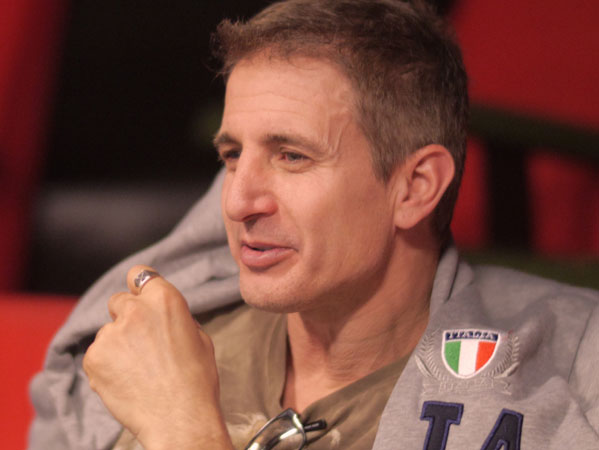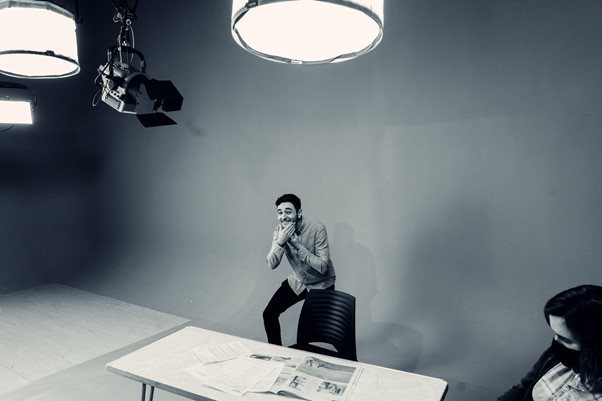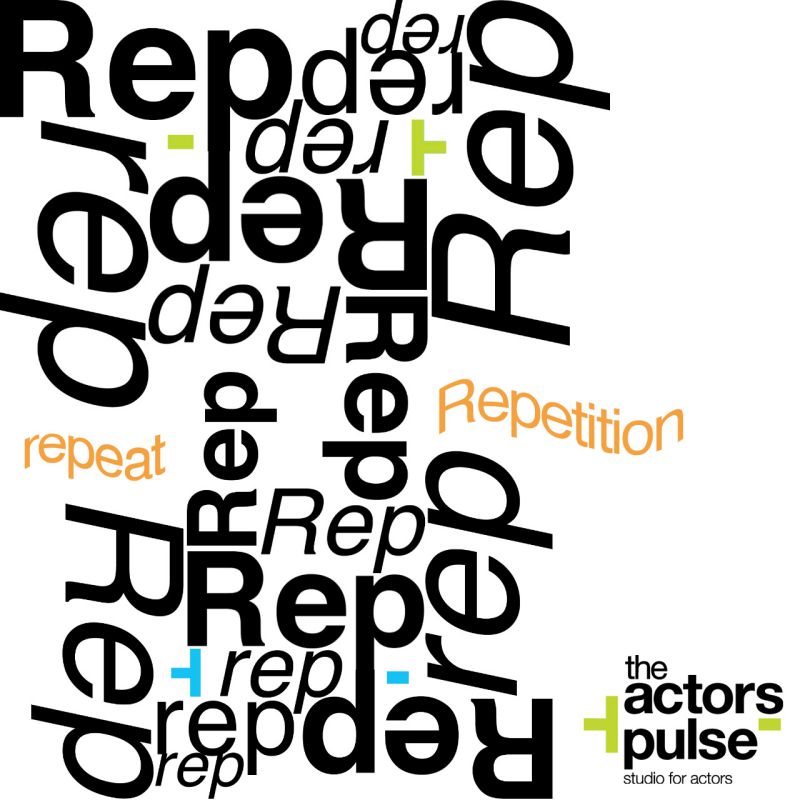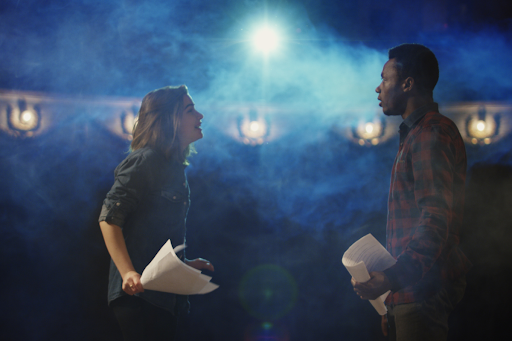Physical Comedy: Techniques for Developing Your Comedic Skills
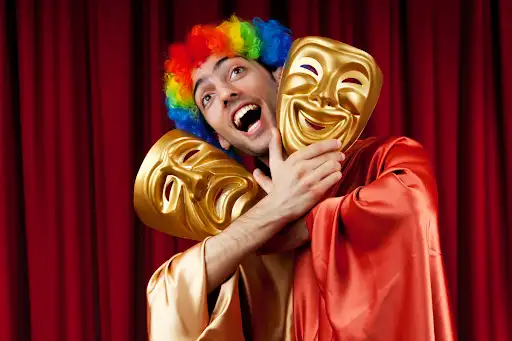
When it comes to your skills as an actor or your preferred genre, is comedy up there as something you enjoy and feel you have mastered?
While acting in a comedic way may seem much easier when compared to dramatic or romantic acting, it can actually be incredibly challenging.
If your timing is off or you’re too focused, you may find that instead of laughs, you’re met with the sound of metaphorical crickets.
If you feel your comedy skills could use a review, you’re in luck, here are our top tips for how to become a seriously funny comedic actor.
First Steps
Analyse Your Script
Just as with any role, ensuring you have a deep understanding of the script is vital to delivering a great performance.
A writer’s sense of humour could be quite different from yours, but regardless, you need to find common ground in order to ‘find the funny’ and act it out as intended.
Taking time to understand the broader context of the script and why a certain moment is funny can help you bring it to life.
Determine What Type Of Comedic Character You Are
Once you know the script, it’s time to figure out the right way to deliver those lines in relation to your character and how they fit into the overall story.
Within comedic acting, there are, in fact, different types of comedic characters you can play. Four to be specific – the Protagonist, Antagonist, Straight Man and Fall guy.
Protagonists – This is the main individual on who the story centres, it is their actions that drive the story to its conclusion.
Jerry in Seinfeld and Homer in The Simpsons are both examples of comedic protagonists.
Antagonist – As the name suggests, the antagonist brings drama through the creation of conflict or trouble. These characters have big personalities and command attention through words and their physical presence.
George from Seinfeld and Bart in The Simpsons are perfect examples of comedic antagonists.
The Straight Man – Think of the straight man as the control on a test. They are included to provide a reference point between the protagonist and antagonist of what is considered more normal behaviour.
This character works to highlight the dramatic and funny elements by comparison with their more sedate presence. Elaine in Seinfeld and both Marge and Lisa in The Simpson are ideal examples of the Straight Man.
The Fall Guy – Often seen as the idiot who does wildly stupid (albeit funny) things they are also the character who is the butt of most jokes. This character usually incorporates more physical comedy into their role such as falling down or being hit with things.
This is seen in Kramer in Seinfeld and both Homer and Bart in The Simpsons.
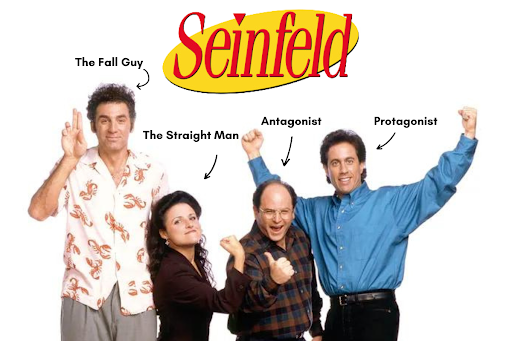
In some productions, you may need to shift between different character types at different times depending on the nature of the script.
Knowing which of these character types you need to adopt is vital for delivering the lines correctly. It also allows you to adapt your body language appropriately – physicality is vital to comedic acting and entertainment.
The Physical Aspects Of Comedy
Once you’ve nailed down how to deliver the line well and the type of character you need to be, it’s time to think about your body language and how this contributes to your overall performance.
In comedy, your physical presentation can be more important than your lines! In some cases, you may not even have lines and you’ll need to rely on your body to relay the humour.
Perfect examples of this include Rowan Atkinson as Mr Bean who barely speaks but elicits laughter through facial expressions and awkward movement. Jim Carrey is also well known for his physical comedy across a variety of roles.
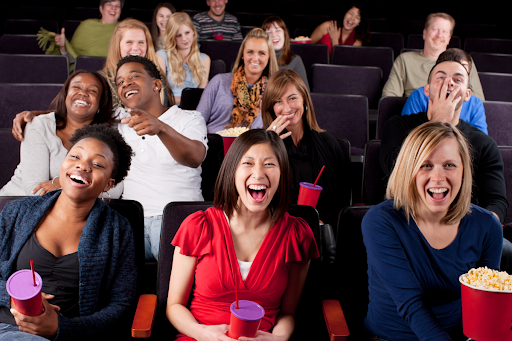
So how do you nail physical comedy, especially if you’re adopting the Fall Guy type where this is critical?
1. Attend Improv Theatre
Improv, or improvisation theatre is a great way to practise your skills on the fly as well as learn from others in the same position.
As improv has no set script, you’re more inclined to incorporate exaggerated body language to express meaning as you make up the lines.
It’s also incredibly funny for everyone involved and can help you to relax and enjoy yourself, if you’re too focused, being funny is much harder.
2. Practise In The Mirror
Practising in the mirror may feel ridiculous, but it is useful! Filming yourself and watching it back is helpful too, this way you can show friends and see their responses too.
Seeing if your body and facial expressions appear as you intend, how this fits your character and delivery of the script, can help you refine your approach.
3. Study The Experts
Who doesn’t love to watch a funny film or performance? Study famous comedic actors and their physicality by watching them at their best. Make notes and act out the same scenes too if this helps you master the moves.
4. Attend Acting Classes
While most truly successful comedic actors have a natural flair for comedy, all of them will have benefitted from attending acting classes at some stage.
Even if physical comedy isn’t your thing, you may have a special talent for delivering your lines in another way. Even deadpan or emotionless delivery can be hysterical in the right context.
5. Relax!
Easier said than done, but as mentioned above, try to relax into your character and have fun with it.
Acting in comedy is intended to be playful and it may take a little practice to get it just right. However, the more relaxed and comfortable you are being silly, the better this will be.
Learn And Refine Your Comedic Acting Skills With Us
At The Actors Pulse, we excel at teaching budding and experienced actors to master their performance skills across all areas, including comedy.
Learn to master the different comedic characters, nail comedic timing and how to incorporate physical comedy when required.
With decades of experience as the Southern Hemispheres’ leading acting school for the Meisner Technique, you can trust our team to get you ahead in your comedy acting career. Call 0414 475 515 today.
Start today!

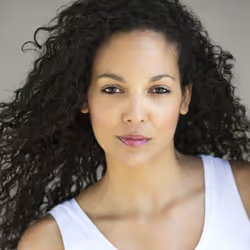
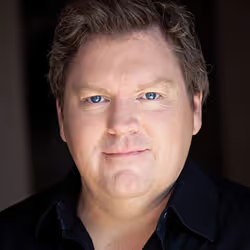


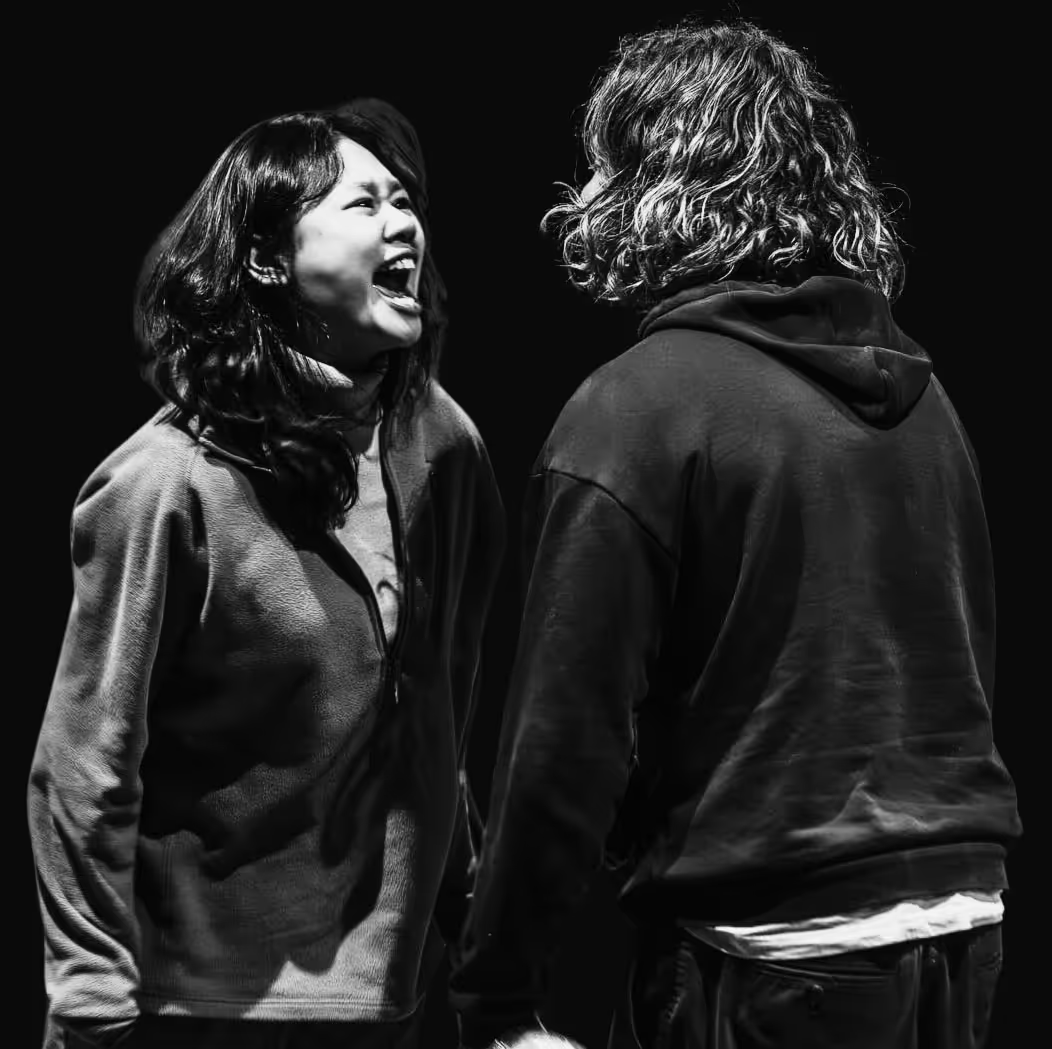


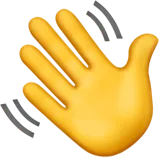
Contact Us
Get in touch with us using the form or details below. We look forward to hearing from you!




